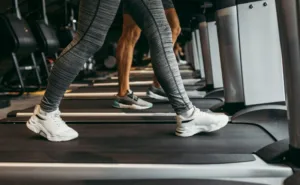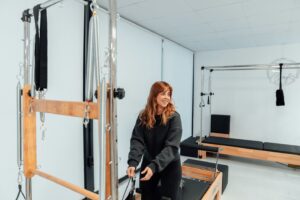No products in the cart.
The Science Behind CrossFit: A Comprehensive Guide

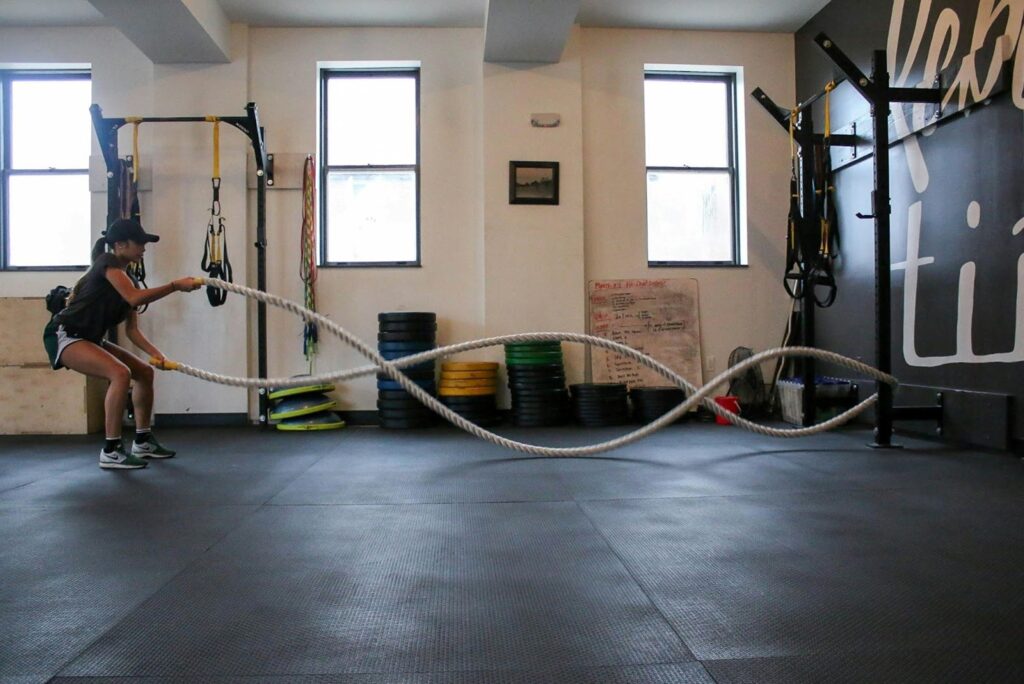
CrossFit has exploded in popularity over the last two decades, becoming a staple in the fitness world. With its dynamic blend of strength training, high-intensity cardio, and bodyweight exercises, CrossFit appeals to people from all walks of life. Whether you are an athlete looking to improve your performance or someone who wants to lose weight and build muscle, CrossFit offers a structured yet challenging program designed to help you achieve your goals. But what is the science behind CrossFit? What makes this training method so effective?
In this article, we will explore the history, equipment, training philosophy, and benefits of CrossFit, both physically and mentally. We will also break down how this program benefits males and females, including beginners and seasoned athletes alike.
History of CrossFit
CrossFit was founded in 2000 by Greg Glassman, a former gymnast and personal trainer. Glassman developed CrossFit as a fitness regimen that combined various forms of high-intensity training, weightlifting, and functional movements. His goal was to create a program that could enhance general physical preparedness (GPP), or the ability to handle whatever physical challenges life might throw at you.
The inspiration behind CrossFit was not only to develop athletes but to create a fitness program that could benefit everyone—from firefighters and military personnel to stay-at-home parents. This holistic approach, which integrated multiple disciplines such as Olympic weightlifting, gymnastics, and metabolic conditioning, quickly attracted a following. Today, CrossFit is practised by millions of people worldwide, with over 15,000 affiliate gyms.
The CrossFit Philosophy:
“Constantly Varied, Functional Movements, Performed at High Intensity”
CrossFit is based on the idea of “constantly varied” exercises that prepare the body for the unpredictable challenges of everyday life. This philosophy stresses functional movements that mimic real-world activities like lifting, squatting, jumping, and running. The workouts are often performed in a competitive environment, driving participants to push themselves harder. This method trains not just the body but also the mind to handle stress and push through fatigue.
CrossFit Equipment
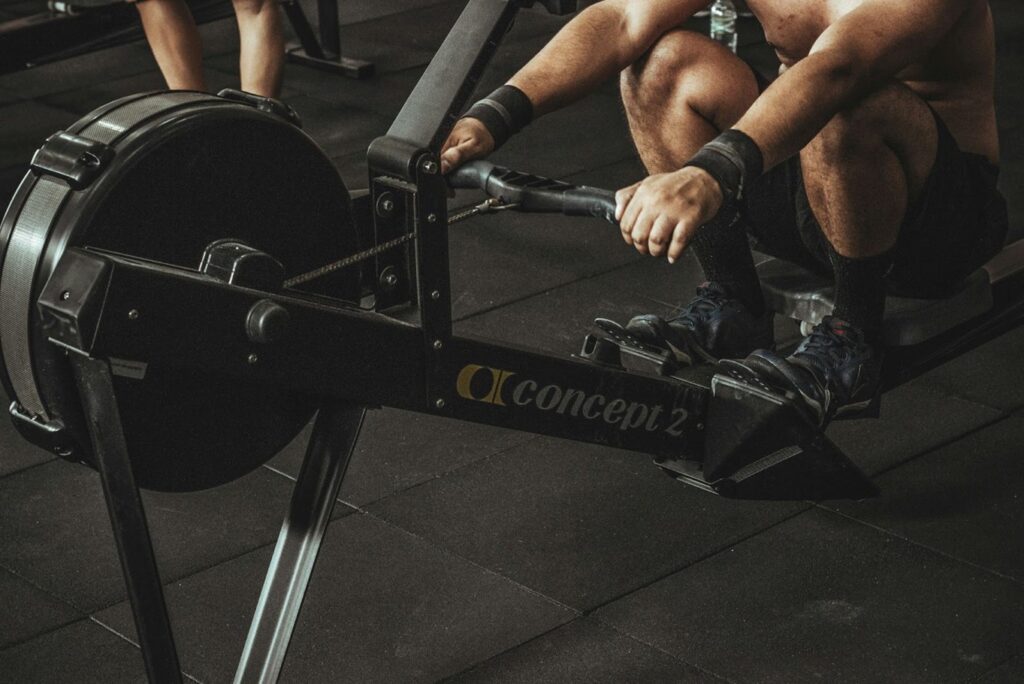
CrossFit training uses a wide range of equipment designed to target every aspect of fitness. Here are some of the most commonly used pieces of equipment in CrossFit:
Treadmill
While CrossFit is known for its functional exercises, cardio machines like the treadmill are often used to supplement endurance training. Running is an essential component of many CrossFit WODs (Workouts of the Day) because it builds cardiovascular endurance. The treadmill provides a controlled environment for interval training, allowing athletes to manage their speed, incline, and overall workout intensity.
Training Rope
The training rope, or battle rope, is an iconic piece of CrossFit equipment. It is excellent for developing upper body strength, endurance, and cardiovascular conditioning. The ropes work your arms, shoulders, and core while raising your heart rate, making them ideal for high-intensity interval training (HIIT). You can perform various exercises with battle ropes, including alternating waves, slams, and side-to-side waves, making it versatile for different skill levels.
Strength & Conditioning Equipment
CrossFit places a significant focus on strength and conditioning, which requires specialised equipment. Some key tools include:
- Barbells and Weight Plates: For Olympic lifting exercises such as the clean and jerk, snatch, and deadlift.
- Kettlebells: Ideal for swings, snatches, and Turkish get-ups, kettlebells are versatile tools used in both strength and cardio training.
- Pull-Up Bars: Often used for gymnastics-based movements like pull-ups, muscle-ups, and kipping.
- Medicine Balls: Used for wall balls and slams, medicine balls help build strength, endurance, and coordination.
- Rowing Machine: CrossFit athletes use rowing machines to improve cardiovascular endurance while engaging the upper body, legs, and core.
CrossFit Training
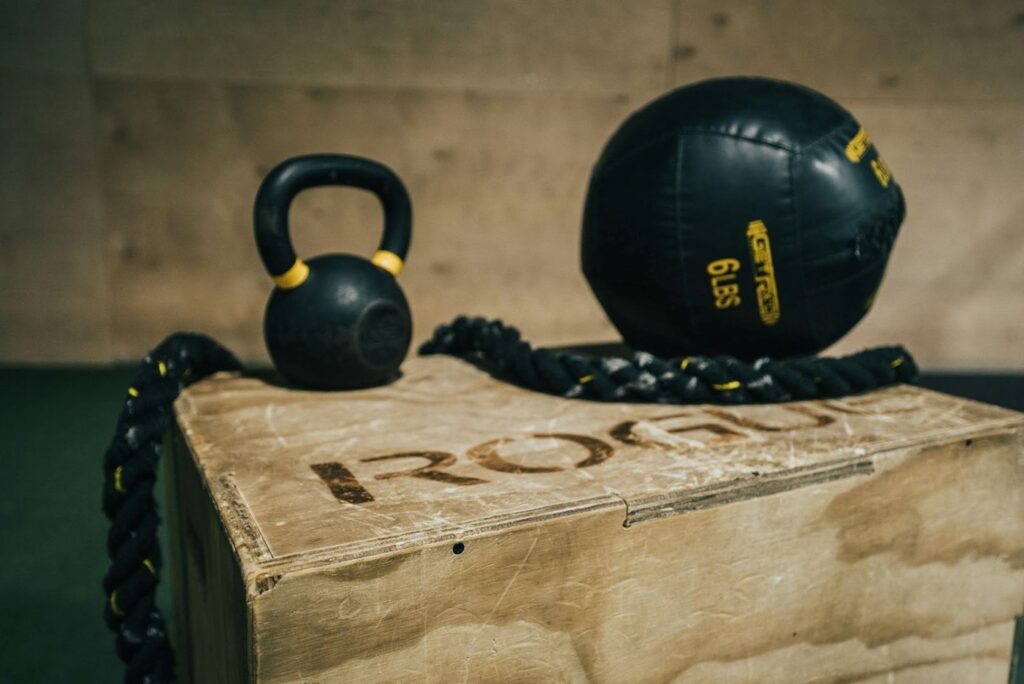
CrossFit training revolves around the concept of functional movements, which are movements you use in everyday life. These include pushing, pulling, squatting, lifting, and running. The beauty of CrossFit is that every workout is scalable, meaning it can be adjusted based on your fitness level.
WOD (Workout of the Day)
A typical CrossFit session consists of a WOD, which varies daily to prevent monotony and keep the body adapting to new challenges. Each WOD can include a combination of weightlifting, gymnastics, and metabolic conditioning (cardio). Some WODs are timed, pushing athletes to complete a certain number of exercises as quickly as possible. Others are AMRAP (As Many Rounds As Possible) workouts, where participants aim to complete as many rounds of a set of exercises within a specified time.
Strength Training and Conditioning
Strength and conditioning are cornerstones of CrossFit training. Olympic lifts like the clean and jerk or snatch are regularly included in WODs. These lifts help develop explosive power, balance, and coordination. In addition to weightlifting, bodyweight exercises such as push-ups, pull-ups, and burpees are frequently incorporated to build muscle endurance and functional strength.
Endurance and Cardiovascular Fitness
High-intensity cardio exercises are another key component of CrossFit. WODs often include exercises like rowing, running on a treadmill, jumping rope, or cycling to boost cardiovascular endurance. CrossFit’s focus on interval training allows athletes to work in both aerobic and anaerobic energy systems, improving stamina and heart health.
CrossFit for Beginners

One of the most appealing aspects of CrossFit is its scalability, which makes it accessible to beginners. CrossFit gyms (also known as “boxes”) often offer beginner classes or foundation programs to help new athletes learn the proper techniques for the exercises and movements. Here is how beginners can get started:
Start with Basics
CrossFit can be intense, but beginners do not need to dive into the most complex or advanced exercises right away. The focus should be on learning the proper form to avoid injury. Foundational movements like squats, deadlifts, and push-ups are great starting points. The training rope and lighter weight kettlebells can also help build strength without overwhelming new participants.
Focus on Mobility and Flexibility
CrossFit requires a great deal of mobility, especially in the hips, shoulders, and ankles. Beginners should spend time improving their flexibility through stretches and mobility exercises. This will help in executing CrossFit movements correctly and avoiding injury.
Scaling Workouts
Every WOD can be scaled to match a beginner’s fitness level. For example, if the workout calls for a 200-pound deadlift, a beginner may start with just the barbell or a lighter weight. Instead of full push-ups, they can perform knee push-ups until they build the required strength.
CrossFit Community
One of the unique elements of CrossFit is its community. Unlike traditional gyms where people often work out solo, CrossFit is social and supportive. The group-based atmosphere can help beginners stay motivated and committed to their fitness goals. Newcomers often find that the camaraderie and sense of accomplishment after completing a WOD keep them coming back.
How to set up your own personal CrossFit gym?
Setting up a CrossFit gym at home can be a practical and effective way to stay fit without the need for a gym membership. The beauty of CrossFit is its versatility, which means you do not need a lot of expensive equipment to get started. A few key pieces of gear can provide everything you need for a full-body workout. First, invest in basic strength and conditioning equipment such as kettlebells, dumbbells, and a barbell with weight plates. These will allow you to perform essential CrossFit movements like squats, deadlifts, and presses.
A training rope or battle rope is another great addition for high-intensity cardio and upper body conditioning. If space allows, installing a pull-up bar is a must for bodyweight exercises such as pull-ups and muscle-ups.
For cardiovascular training, a treadmill or jump rope can help boost endurance, especially for interval training. Other accessories like a plyometric box for box jumps and a medicine ball for wall balls can further diversify your workouts. With these simple tools, you can replicate CrossFit’s high-intensity, functional movements right from the comfort of your home, making it easy to stay committed to your fitness goals.
Benefits of CrossFit
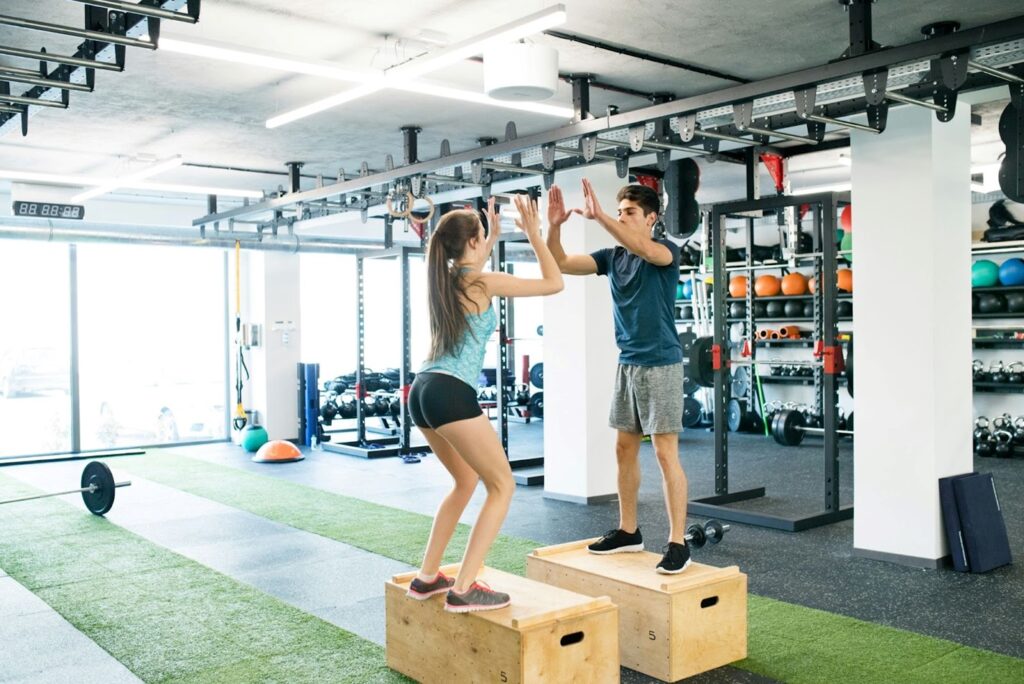
CrossFit offers numerous benefits that appeal to both males and females across different fitness levels. Here’s how it can help each group:
1. Males
For males, CrossFit is particularly effective in building muscle mass, improving endurance, and enhancing overall athletic performance. The combination of strength training and metabolic conditioning helps men achieve a well-rounded physique, with a focus on functional strength. CrossFit also improves cardiovascular health, reduces body fat, and boosts testosterone levels.
2. Females
CrossFit has gained immense popularity among women, particularly because it promotes strength and conditioning without focusing solely on aesthetics. Women who engage in CrossFit often experience increased muscle tone, better cardiovascular health, and greater functional fitness. Additionally, lifting heavy weights in CrossFit helps to build lean muscle mass and improve bone density, which is particularly beneficial for long-term health.
Mental Fitness with CrossFit
CrossFit is not just about physical fitness; it also has a profound impact on mental health. The high-intensity nature of the workouts releases endorphins, the body’s natural “feel-good” chemicals. This leads to improved mood and reduced stress levels.
Building Mental Toughness
CrossFit workouts are designed to push participants to their limits, which requires mental toughness. Whether it is completing a gruelling WOD or lifting a weight you never thought possible, the psychological benefits of CrossFit are significant. Athletes learn to overcome physical and mental barriers, building resilience in both fitness and life.
Community Support
The sense of community in CrossFit boxes fosters mental well-being. Working out in a supportive and encouraging environment can alleviate anxiety and provide a sense of belonging. CrossFit athletes often experience improved self-confidence as they achieve fitness goals they once thought unattainable.
CrossFit is a unique and scientifically-backed fitness regimen that combines strength, conditioning, and mental resilience. It draws inspiration from gymnastics, Olympic weightlifting, and high-intensity interval training to create a well-rounded workout routine. Whether you are using equipment like treadmills, training ropes, or strength and conditioning tools, CrossFit is designed to improve functional fitness and overall health.
The benefits of CrossFit extend beyond physical fitness, fostering mental toughness and a sense of community. With its scalable nature, CrossFit is suitable for beginners as well as advanced athletes. It is an ideal choice for anyone looking to improve their strength, cardiovascular endurance, and mental health. By focusing on both mind and body, CrossFit provides a holistic approach to fitness that can help individuals achieve their personal best, both in and out of the gym.


